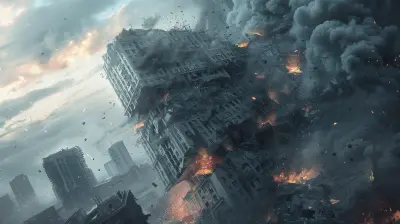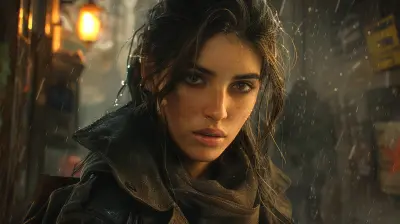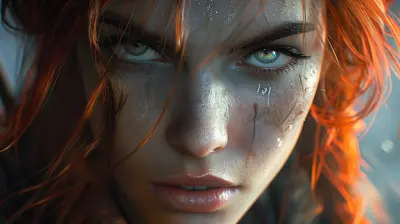Donkey Kong to Sonic: The Rise of Mascot Platformers
30 April 2025
If video games had their own version of Hollywood, mascot platformers would undoubtedly be the A-list stars walking the red carpet. From the barrel-throwing antics of Donkey Kong to the speed-fueled adventures of Sonic the Hedgehog, these characters didn't just entertain us—they defined entire gaming generations. But how did we go from a grumpy gorilla in a tie to a blue blur racing through loops? Let’s jump (pun intended) into the nostalgic world of mascot platformers and unpack how they rose to the top of the gaming hierarchy.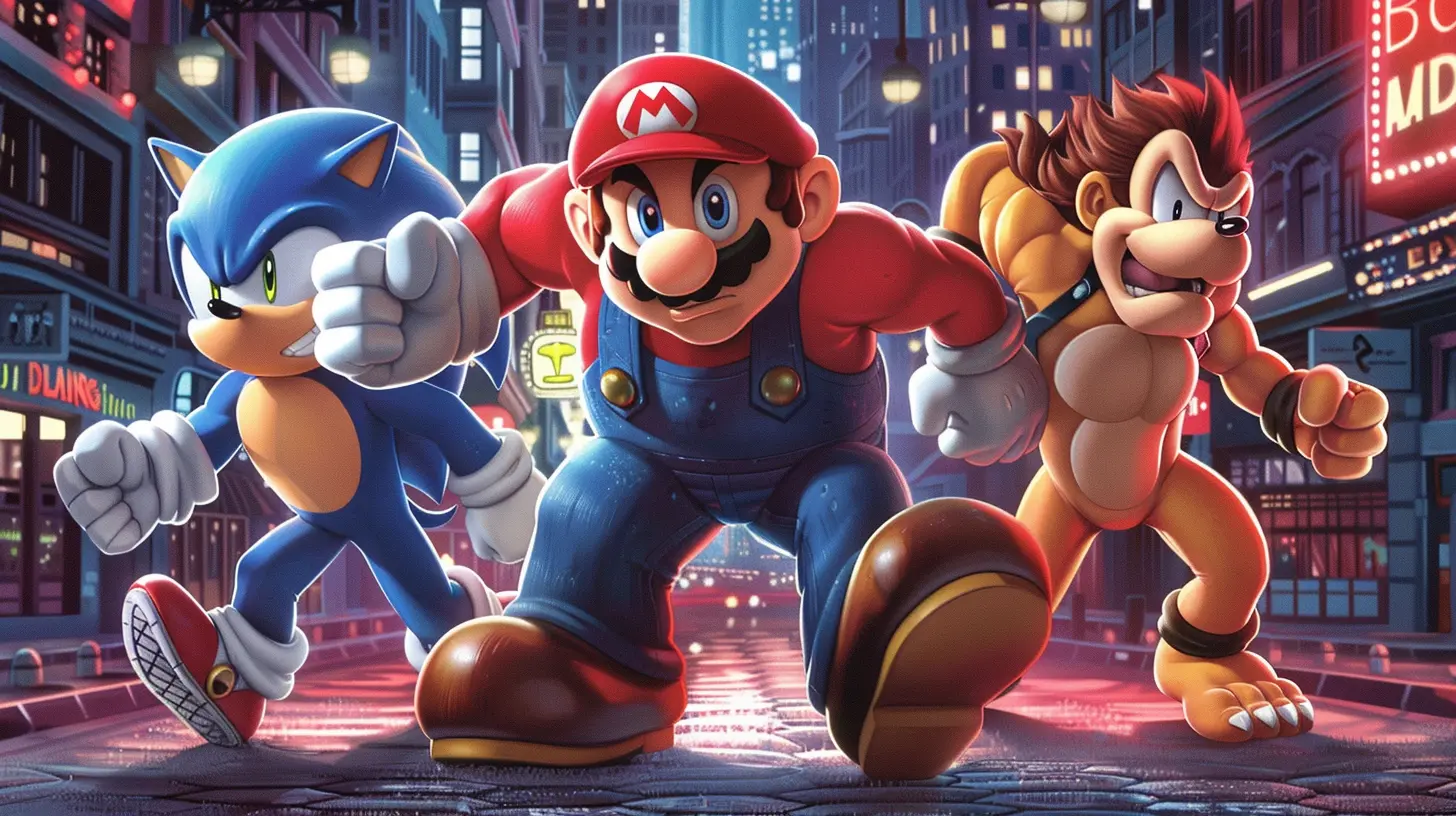
A Barrel-Tossing Beginning: Donkey Kong Sets the Stage
Before mascot platformers were a thing, arcades were dominated by simple, high-score-chasing games. In 1981, Nintendo flipped the script with Donkey Kong, a game that introduced us to one of the first iconic video game characters. The titular ape wasn’t your average hero—he was the villain! You played as Jumpman (who would later become Mario), dodging barrels and climbing ladders to save a damsel in distress.What made Donkey Kong groundbreaking wasn’t just its gameplay; it was the introduction of a character-driven narrative. Donkey Kong wasn’t just pixels on a screen—he had personality, even if it was limited to tossing barrels and grinning smugly. This was the seed of a much bigger idea: what if games had mascots as recognizable as Mickey Mouse or Bugs Bunny?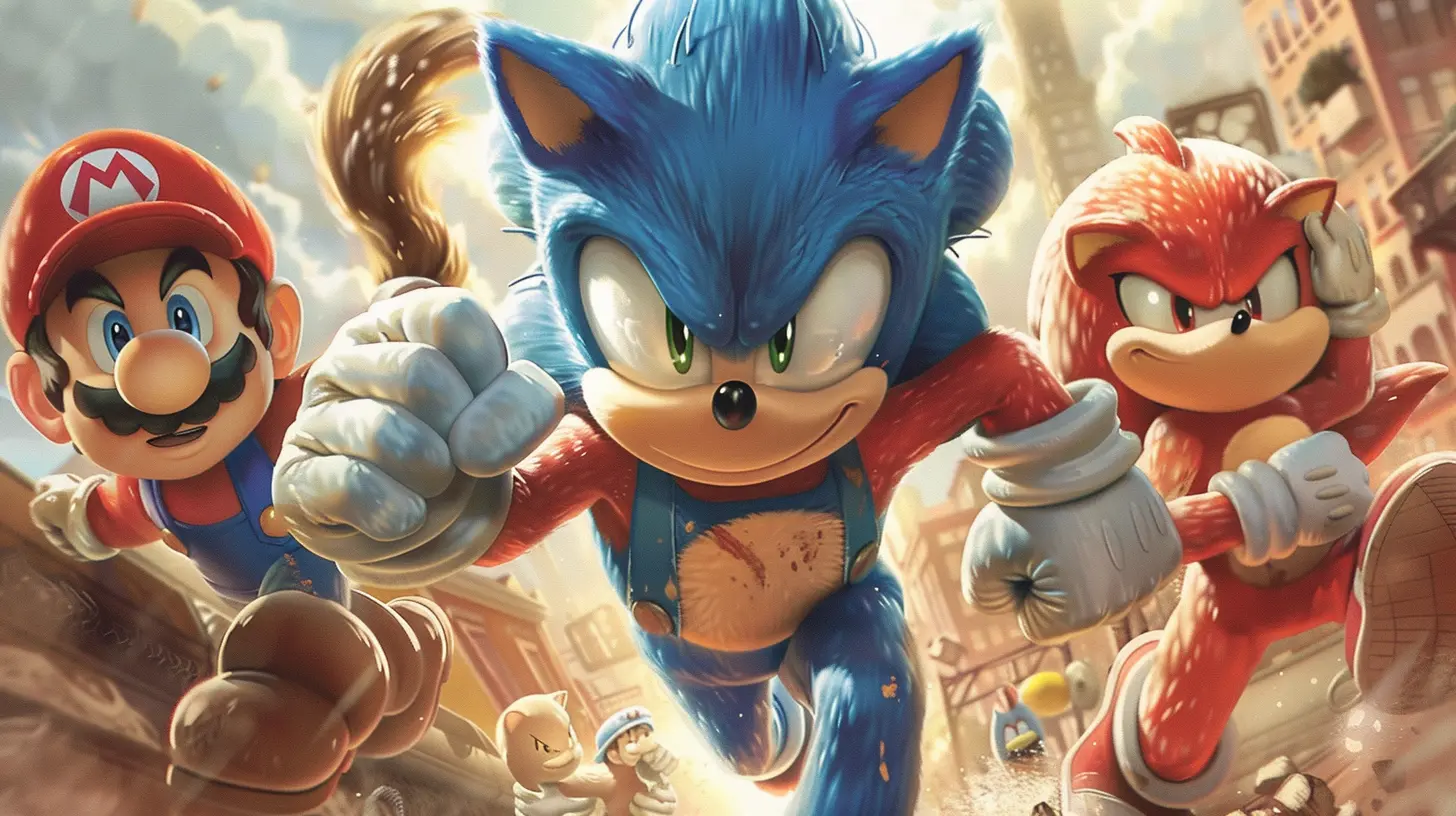
Mario: From Carpenter to Gaming Legend
Okay, so Donkey Kong walked so that Mario could, well, jump over gaps and stomp on Goombas. After his humble beginnings as "Jumpman," Mario made his official debut in Super Mario Bros. on the NES in 1985. Now, if you’ve ever wondered why Mario wears overalls and a mustache, it’s not just because he’s a plumber. These design choices were practical—the mustache, for instance, was easier to render than a mouth back in the pixelated '80s.What made Super Mario Bros. such a game-changer (literally) was its focus on exploration and precision. Instead of a single screen, players navigated expansive levels with secrets hidden around every corner. But more importantly, Mario became the face of Nintendo. He wasn’t just a character; he was a marketing machine, with toys, cartoons, and even a (very weird) live-action movie. By the late '80s, Mario had firmly planted his flag as gaming’s first true mascot.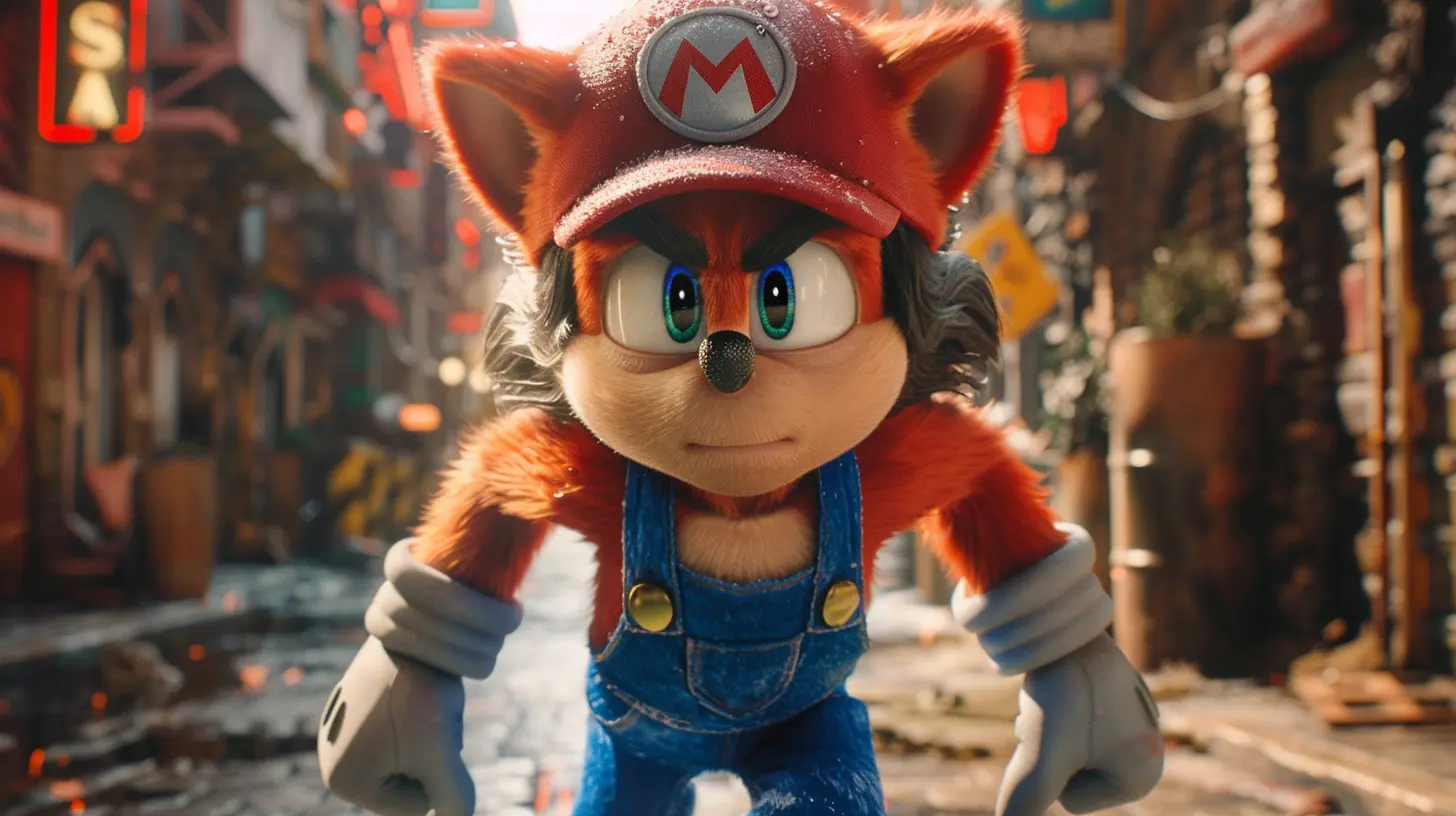
Sonic the Hedgehog Enters the Race
By the early '90s, Sega needed its own Mario—a character who could do for their Genesis console what Mario had done for the NES. Enter Sonic the Hedgehog, a character so fast and flashy he felt like the antithesis of Mario’s steady, deliberate gameplay. If Mario was a stroll in the park, Sonic was a rollercoaster at top speed.Released in 1991, Sonic the Hedgehog redefined what a platformer could be. The game was fast, stylish, and filled with attitude—kind of like that one cool kid in school who always had the latest sneakers. Sonic himself was designed to appeal to both kids and teenagers, with his confident smirk and rebellious vibe.
Sonic wasn’t just a character; he was a phenomenon. From animated TV shows to tie-in comics, Sega doubled down on Sonic as the face of their brand. And for a while, it worked—Sonic helped Sega carve out a solid share of the gaming market, giving Mario some real competition.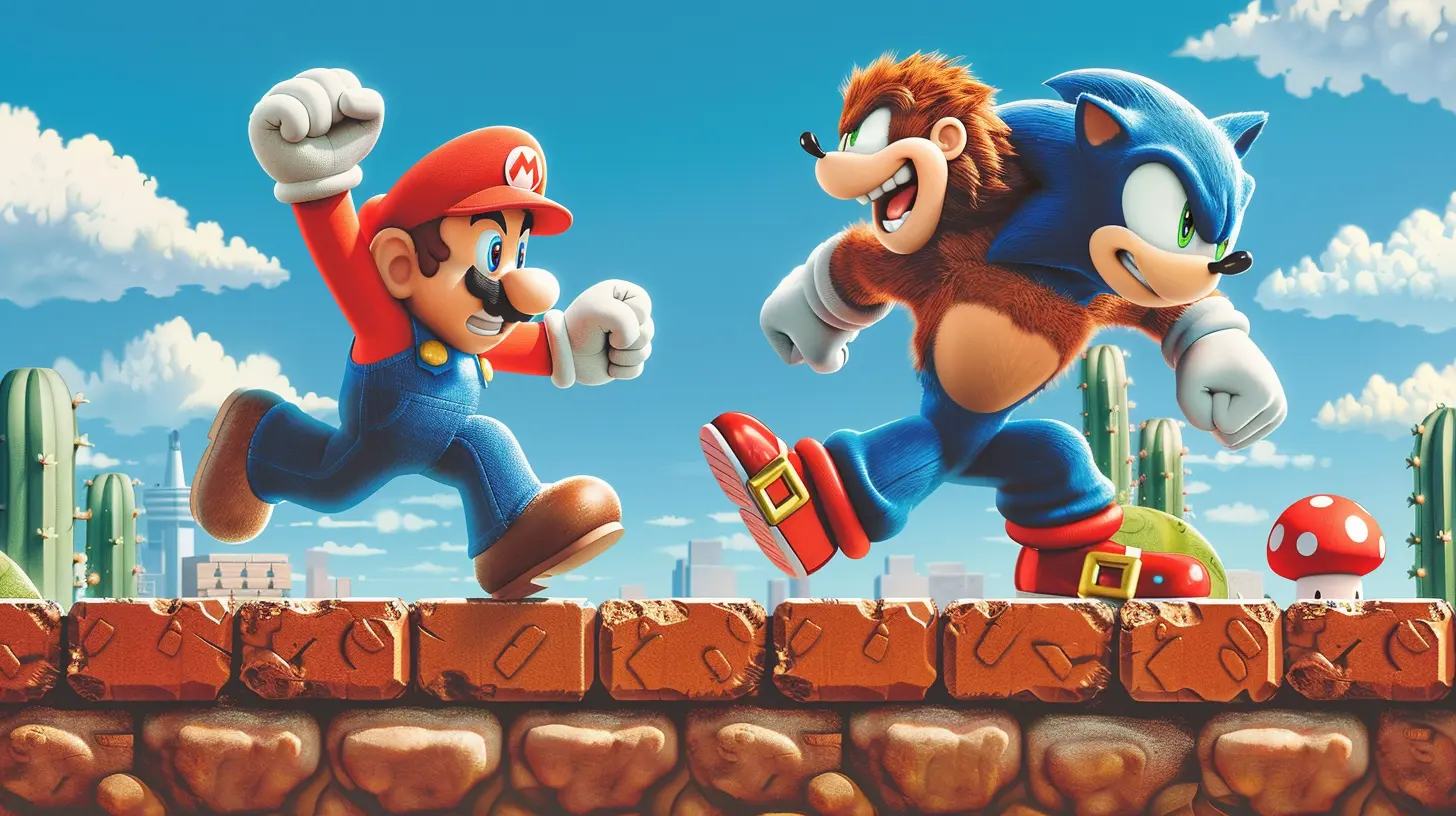
The Mascot Boom of the '90s: Everyone Wanted a Piece
The success of Mario and Sonic didn’t just revolutionize platformers; it kicked off a full-blown mascot arms race. It seemed like every gaming company wanted their own anthropomorphic hero to slap on lunchboxes and T-shirts.We got characters like Crash Bandicoot, Sony’s wisecracking response to Mario and Sonic, and Spyro the Dragon, whose fiery antics gave the PlayStation another feather in its cap. Even less successful efforts, like Gex the Gecko (a wisecracking, TV-obsessed lizard), captured a slice of the zeitgeist. Some, like Earthworm Jim, leaned into absurdity, while others, like Rayman, opted for a more whimsical approach.
But let’s be honest—this was a classic case of quantity over quality. For every iconic mascot, there were at least three forgettable ones who faded into obscurity (RIP, Bubsy).
The Decline: What Happened to All the Mascots?
By the early 2000s, the mascot platformer genre started to lose its shine. Why? A lot of it had to do with changing tastes. As gaming technology advanced, players gravitated toward more immersive, story-driven experiences. The rise of franchises like Halo, Grand Theft Auto, and The Elder Scrolls signaled a new era for gaming—one where mascots felt, frankly, a little outdated.But there was also the issue of oversaturation. The mascot boom had flooded the market with so many characters that players became numb to them. If you’re not going to be as iconic as Mario or as edgy as Sonic, why bother?
The Modern Revival: Nostalgia and Reinvention
Here’s the plot twist no one saw coming: mascot platformers are making a comeback! But with a modern twist. Games like Crash Bandicoot N. Sane Trilogy and Spyro Reignited Trilogy have tapped into our nostalgia, giving old classics a fresh coat of paint. Meanwhile, series like Ratchet & Clank have shown that there’s still plenty of room for evolution within the genre.Even Mario and Sonic have adapted. Super Mario Odyssey brought back the sense of exploration we loved in the older games, while Sonic’s modern outings, like Sonic Frontiers, are striving to capture the magic of the original titles while experimenting with open-world elements.
And let’s not forget indie games. Titles like Celeste and Hollow Knight have proven that you don’t need a billion-dollar franchise to make a mascot-driven platformer that resonates with players.
Why Mascots Matter
Mascots are more than just marketing tools—they’re cultural touchstones. They’re the characters we grew up with, the ones we cheered for and cried over when we failed to make that last, tricky jump. Even as gaming evolves, mascots remind us where it all began. They’re the links between past and present, tradition and innovation.Sure, gaming has expanded into genres and experiences we couldn’t have imagined back in the '80s and '90s, but the legacy of mascot platformers lives on. Whether it’s through a nostalgic remaster or a brand-new title, these characters have cemented their place in gaming history.
Final Thoughts
From Donkey Kong’s barrels to Sonic’s rings, mascot platformers have been the heart and soul of gaming for decades. They’ve been our guides, our heroes, and yes, sometimes our villains. While the genre may have had its ups and downs, one thing is certain: mascot platformers aren’t just a trend—they’re timeless.So, the next time you pick up a controller and dive into a platformer, take a moment to appreciate the legacy of those pixelated pioneers. Because without them, gaming as we know it might look very different.
all images in this post were generated using AI tools
Category:
Retro GamesAuthor:

Greyson McVeigh
Discussion
rate this article
4 comments
Melina Mercado
In pixelated realms where legends soar, Donkey Kong and Sonic, forever adore. From barrels to rings, they dance through time, A colorful journey, a rhythm sublime. Mascot platformers, a joyous embrace, In gaming's heart, they find their place.
May 7, 2025 at 2:54 AM

Greyson McVeigh
Thank you for capturing the essence of these iconic characters! Your poetic tribute highlights the timeless joy they bring to gaming.
Amalia McLoughlin
Great read! The evolution of mascot platformers highlights their lasting impact on gaming culture. It's fascinating to see how characters like Donkey Kong and Sonic shaped the genre's legacy and creativity.
May 6, 2025 at 4:29 PM

Greyson McVeigh
Thank you for your insight! It’s incredible how these iconic characters have influenced both the genre and gaming culture as a whole.
Mira Johnson
What a delightful read! It's fascinating to see how mascot platformers have evolved from Donkey Kong to Sonic, shaping the gaming landscape. Looking forward to more nostalgic insights and gaming history!
May 2, 2025 at 3:12 PM

Greyson McVeigh
Thank you! I’m glad you enjoyed it. There’s so much rich history in mascot platformers, and I can’t wait to share more insights!
Vienna Diaz
Great insights! Mascot platformers truly shaped gaming history!
May 2, 2025 at 4:55 AM

Greyson McVeigh
Thank you! I'm glad you enjoyed the article and recognize the impact of mascot platformers on gaming history!
